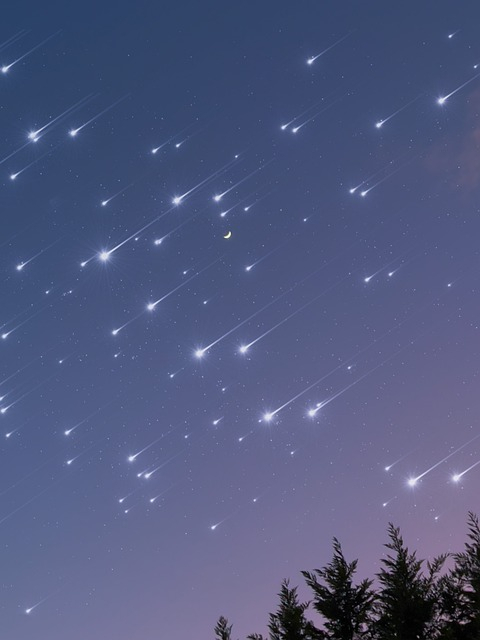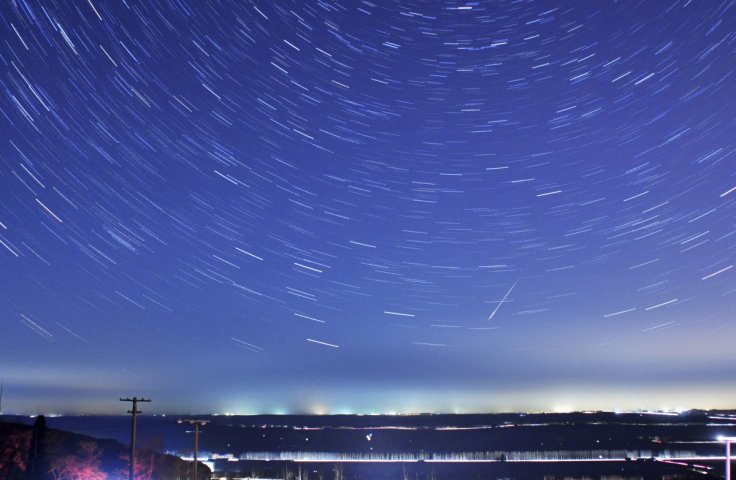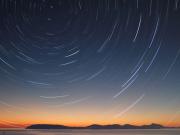Stargazers and astronomers will get their best New Year gift on Friday (January 3) as the currently active annual Quadrantid meteor shower is set to peak during the early hours of Friday before dawn. The clear night sky with a waxing crest moon will offer an uninterrupted view of the colorful and bright fireballs.
According to NASA, the first meteor shower of the year will light the sky on Friday. The cosmic wonder will be visible clearly in the Northern Hemisphere during the night and predawn hours. Skywatchers can watch the powerful silhouettes by observing the sky from a dark spot, far away from street or city lights. It would take around 30 minutes for eyes to adapt and see the celestial event. The meteor shower will last till dawn, and a person needs to be patient for an unhampered view.
The meteor shower could peak between 10:00 AM EST and 1:00 PM EST on Friday (January 3). NASA predicts around 120 meteors to fall off the sky per hour during the peak hours in places like Alaska. The annual meteor shower can be best viewed from North America, especially Mississippi. Other places to watch the annual Quadrantid meteor shower include Canada, parts of Russia and Northern Europe, Japan, Korea, and China.

What is a Quadrantid meteor Shower?
The Quadrantid meteor shower occurs every year in January. It is known to last for only a few hours. NASA described the upcoming Quadrantids as one of the strongest meteor showers of 2025.
Meteors are left-out pieces from comet particles and broken asteroids. They dust out in the dusty trails orbiting the Sun. Earth passes through the debris trails every year. The pieces of dust and rock on the trials create fiery and colorful displays known as the meteor shower.
The Quadrantids are different because they come from a rock comet or mysterious asteroid. The upcoming meteor shower comes from the 2003 EH1 asteroid. It measures around two miles (3.2 kilometers) around and an orbit around the Sun in 5.52 years.
However, astronomers believe that Comet 96P/Machholz, which orbits the Sun every 5.3 years, might also contribute to the meteor shower.

Meteor showers of 2025
After the annual Quadrantid meteor shower, stargazers may have to wait until April to watch bright and powerful fireballs fall from the sky. Here are the other meteor showers of 2025 with its peak dates:
- Lyrids: April 21-22
- Eta Aquariids: May 3-4
- Southern Delta Aquariids: July 29-30
- Alpha Capricornids: July 29-30
- Perseids: August 12-13
- Draconids: October 8-9
- Orionids: October 22-23
- Southern Taurids: November 3-4
- Northern Taurids: November 8-9
- Leonids: November 16-17
- Geminids: December 12-13
- Ursids: December 21-22









